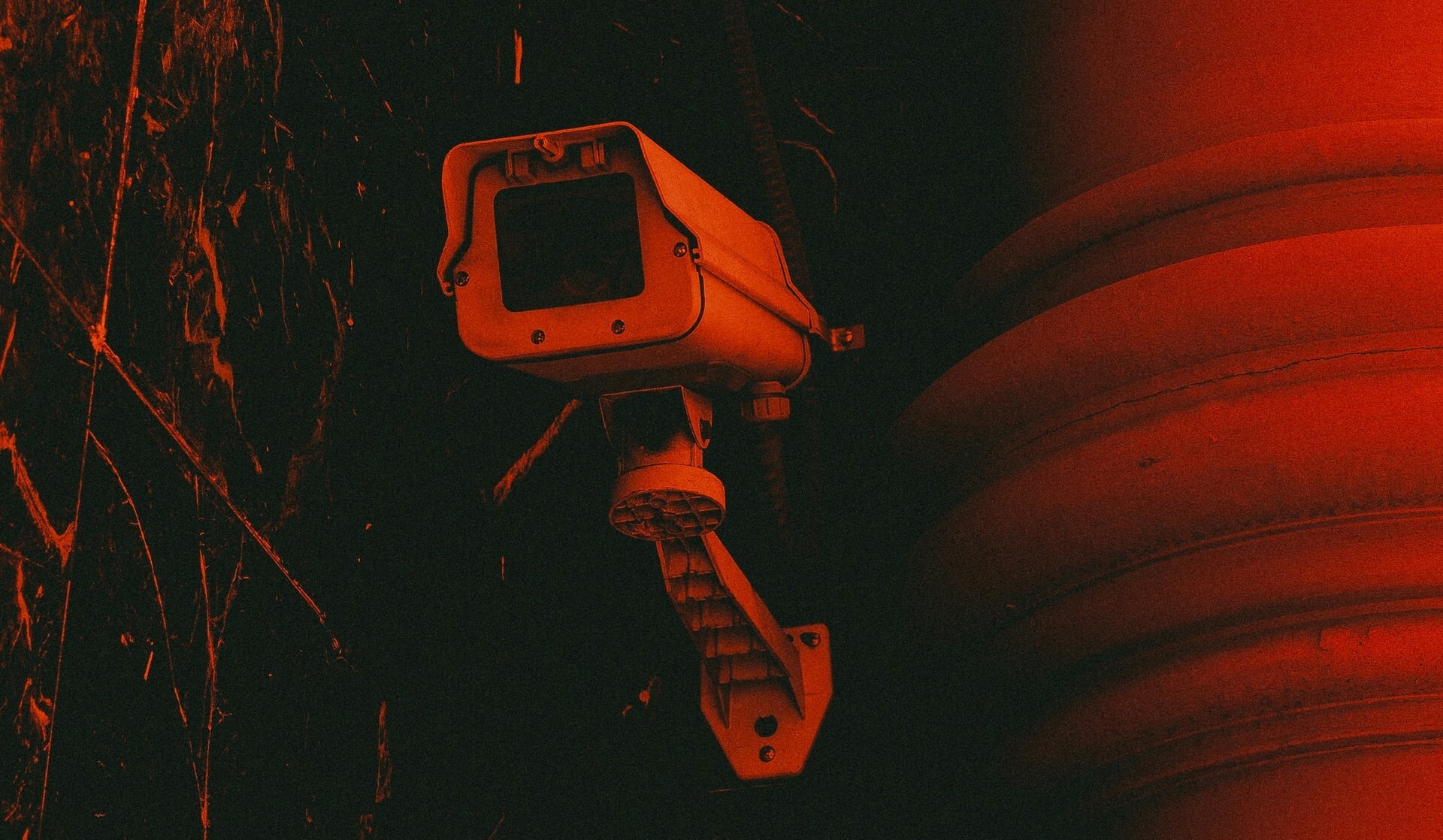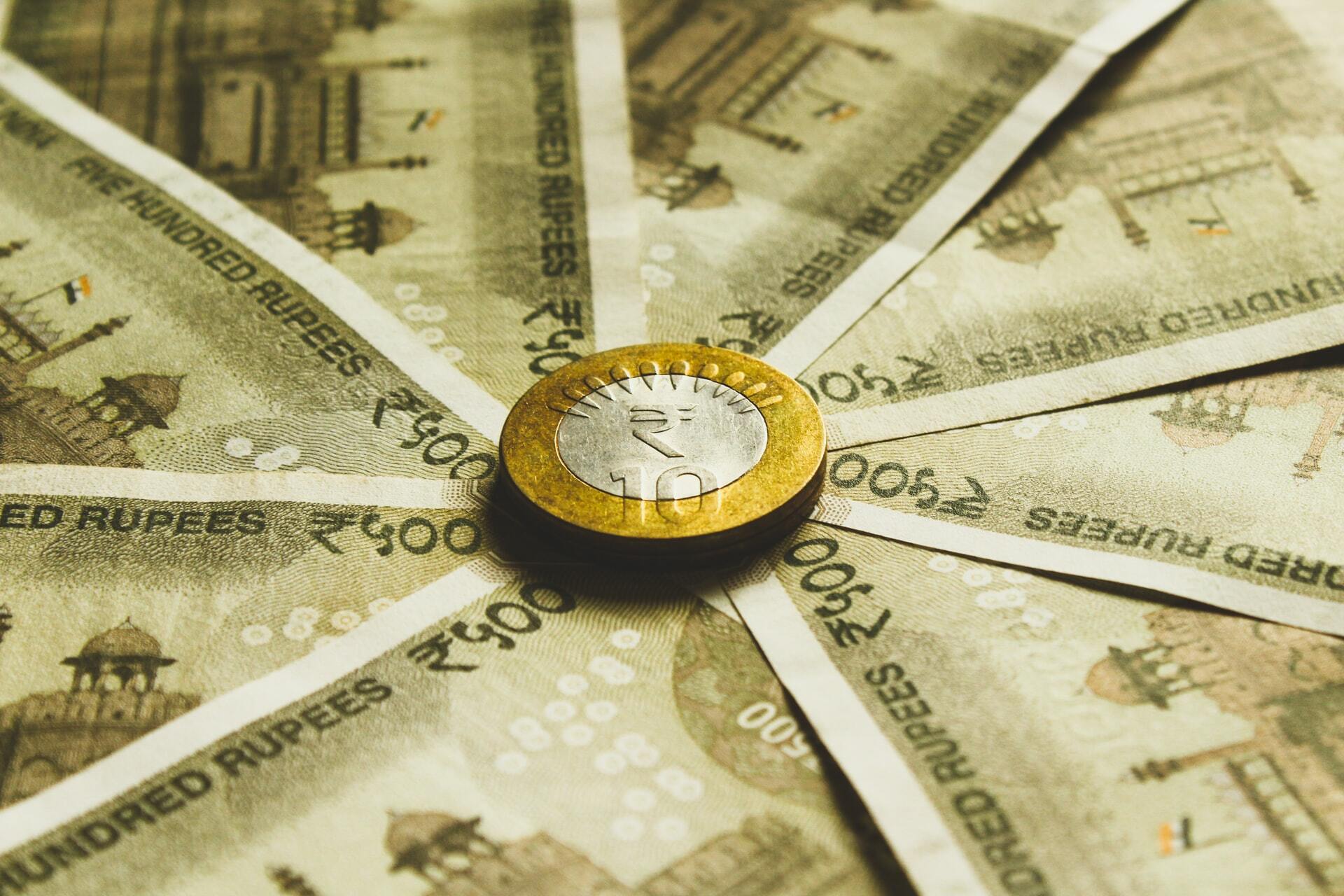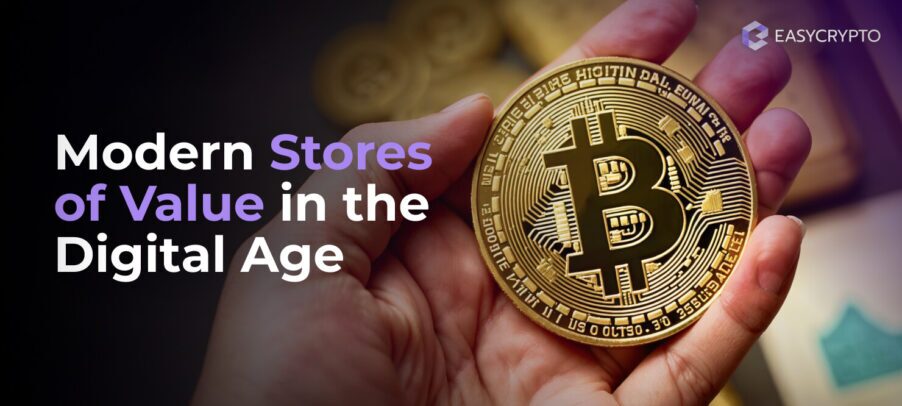The Future of Cryptocurrency: A Look Into the Evolution of Money
The future always takes us by surprise. Time has a way to bring our imagination to life, yet in its own twisted form. It’s like.


The future always takes us by surprise. Time has a way to bring our imagination to life, yet in its own twisted form. It’s like the future has always found a loophole in our predictions, which we often treat like legal contracts.
For example, have you wondered if flying cars have been invented by now? Well, sort of — we have aeroplanes. And “taxi drones” to deliver packages remotely. Not to mention private helicopters.
What about cryptocurrencies? Will Bitcoin become the world’s reserve currency in the future? Which coins will become the dominant tool for businesses, and will it become legal tender in most countries?
We could make the best predictions in the world and still have our expectations subverted. While we’re at it, why not just try anyway? Take this story from the perspective of a fictional person living in the future.
The money situation in the future
It’s 2030. Many central banks around the world have figured out a way to implement their own digital currency networks. These are called Central Bank Digital Currencies (CBDC), which to most users feels no different than having a digital bank account.

Transactions using banknotes have become increasingly scarce; some even put up a private museum of “legacy” banknotes and coins.
Despite the fact, many are still distrustful of CBDCs, citing issues with the possibility of government surveillance and financial privacy rights, as digital transactions in this network are easy to trace.
Payment cryptocurrencies vs investment cryptocurrencies
Cryptocurrencies are still very much alive, and much needed to get around CBDCs. Perhaps another type of coin will have been invented by an anonymous group of developers. We’ll call this new cryptocurrency Milton (MIL), in honour of Milton Friedman.
Like Friedman’s monetarism approach to the economy, MIL has a controlled inflation rate. It varies depending on the network’s usage, to keep prices steady while stimulating the growth of the network economy. It has a weak peg to a popular fiat currency at the time, making it more suitable for daily use — call it a semi-stablecoin.
Still others prefer to use Bitcoin and other deflationary assets to be used as collateral, in order to borrow stablecoins or semi-stablecoins. These assets are more likely used for long-term investment, or for “HODLing”.
Regulations around stablecoins and ICO coins
Many people prefer to see crypto as a separate space from the state. Many businesses, however, are investing in the complexities of reconciling the crypto and legacy financial worlds, hoping to benefit from both.
Stablecoins
It’s likely that at this time regulatory bodies are still debating as to what to do with stablecoins. After all, CBDC is now circulating around the world. Stablecoins can’t be legal tender, right?
Should the issuer of stablecoins be treated similarly to a bank? At the same time, there will be a massive backlash if stablecoins were to become illegal — crypto traders need them for their business.
Some stablecoins are backed up by real-world securities — does that make them securities as well? Still others are backed up by algorithms and cryptocurrencies, so what are they?
While stablecoin regulatory approaches have been slow, perhaps some of these questions will have already been answered around the year 2021.
Related: What are stablecoins and how do they work?

ICO coins and tokens
Some countries in the future may think of banning businesses from conducting ICOs. They see the sale of “utility tokens” to raise funds is eerily similar to how companies go public by selling equities. This makes ICO coins seemingly like “unregistered securities”.
Still, other countries don’t seem to have any problem with trying to fit cryptocurrencies within the traditional understanding of financing and digital assets. Simply, they just roll with it; they have created a unique set of laws that protect the spirit of financial democracy.
ICOs may attract foreign investments to a country. A crypto-friendly destination may one day attract some of the world’s most profitable DeFi platforms, whether that is an exchange, a lending platform, a marketplace, and many more. DeFi could help develop entire nations, without the need of highly political foreign aid programmes.
Perhaps they’re thinking of finding the middle ground, requiring companies to register their crypto token issuance through the government’s so-called “Department of Decentralised Finance”.
That could make a satisfying end to the long, and rather silly, political conflict against decentralised finance.
What are ICOs? Read our guide on Initial Coin Offerings (ICO).
Ecological coins on the rise
Environmental concerns have become more pressing than ever. While Bitcoin miners have figured out a way to sustainably mine Bitcoins, its energy consumption is still quite high, even after all the incremental updates made on the legendary network.
However, some individuals have thought out of the box. Bitcoin is still one of the world’s best stores of value. It may not make the best medium of exchange, but it could store an immense amount of value due to its price.
It may sound ironic, but Bitcoin has become such a great asset to the environment. Renewable energy is increasingly popular, but this creates an overabundance of energy at certain times.
This underutilised energy cannot be stored effectively, and it cannot be sold directly to consumers as they already have enough energy.

Power producers still have one other choice, though. They could use this excess energy to power a Bitcoin mining rig, mine Bitcoins, and store the monetary value of energy in Bitcoins. This makes Bitcoin relevant in the past as well as in the future.
Of course, environmentally conscious users of cryptocurrencies may prefer to hold the majority of their crypto assets in eco-friendly coins. These coins use proof of stake and other mechanisms that are not energy-intensive yet secure and decentralised.
Already in 2021, several coins have proven themselves to consume a fraction of the energy that international banking networks consume. They also provide near-instant confirmation, at almost no cost. Adoption for these coins for making microtransactions would catch on in the future.
Also read: What is the proof of stake protocol?
The currency race has more than one winner
No matter how far we look into the future, there is always going to be a “currency race” — CBDCs vs cryptocurrencies and stablecoins, store of value coins vs medium of exchange coins, utility coins vs ICO coins.
However, there isn’t going to be one ultimate cryptocurrency. People’s needs and situations will change, and cryptocurrencies can even be used in some unexpected ways.
Perhaps our understanding of what a “good” cryptocurrency is will change as we try to overcome unique challenges in our time.
Disclaimer: The information and discussions in this article are to be used purely for educational purposes only. It is not to be interpreted as financial advice or a future prediction. Please conduct your own research and due diligence before investing.
Share to
Stay curious and informed
Your info will be handled according to our Privacy Policy.
Make sure to follow our Twitter, Instagram, and YouTube channel to stay up-to-date with Easy Crypto!
Also, don’t forget to subscribe to our monthly newsletter to have the latest crypto insights, news, and updates delivered to our inbox.
Disclaimer: Information is current as at the date of publication. This is general information only and is not intended to be advice. Crypto is volatile, carries risk and the value can go up and down. Past performance is not an indicator of future returns. Please do your own research.
Last updated December 27, 2021





